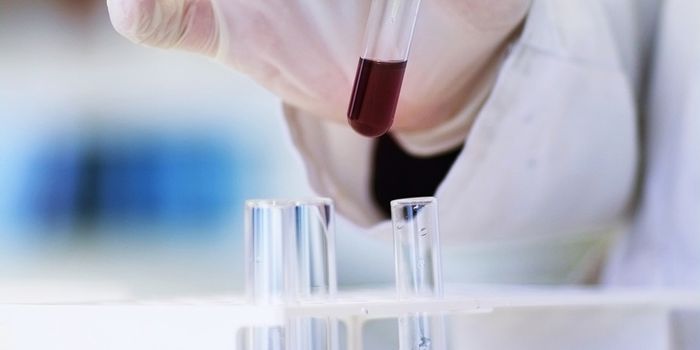What's Killing My Cell Cultures? Troubleshooting Cell Growth Issues
Nothing's more maddening than cells that won't grow or cell cultures that won't attach. Stunted cell growth and erratic culture behavior can delay projects, frustrate teams, and leave researchers wondering what went wrong and how they can fix it.
Solutions to these problems aren't always straightforward. Cell culturing is complex, and it takes time to pick apart the process and isolate issues. Generally, the most common issues include abnormal growth patterns or spotty, uneven, or inconsistent cell attachment. Other problems include slow or sudden changes in growth rate or unexplainable outcomes.
Such issues tend to be associated with culture technique, incubation, and media. Let's explore a few of these pain points and how you can preempt their effects with good practices.
Check the Technique
When something goes wrong with cell cultures, the first thing to assess is your handling techniques. For example, feeding cultures can expose them to contamination, a common and serious problem. Incorrect mixing and pipetting can also cause issues:
- Uneven handling or insufficient mixing of the cell inoculum can cause foam or bubbles, which can hinder cell growth and attachment and leave spots on vessels. Pour or pipet media carefully to ensure bubble-free material.
- Static electricity can disrupt cell attachment in plastic vessels, especially in low-humidity areas. Try not to rub the vessels against the package when opening them. Wiping the outside of the vessel or using an antistatic device can also stymie static.
- Insufficient cell inoculum can cause heavier growth on the sides of vessels. So can using too little medium when refeeding cultures.
- Spin speeds of roller bottles can cause heavy growth or clumping. Set your starting speed between half a revolution per minute and one revolution per minute and modify as needed. Keep rollers clean to prevent slips or stalls.
You can usually tell that something's gone awry when you see uneven or abnormal patterns of cell attachment or growth. To best detect these kinds of problems, fix sample cultures using glutaraldehyde or ethanol, then stain them before observation.
Incubation Issues
Even though the point of using an incubator is to minimize environmental factors like variations in temperature, many variants can still affect growth rate and culture viability:
- Temperature variations happen when the incubator is repeatedly opened during the experiment; how and where vessels are stacked can also cause variations in temperature. Don't open the incubator unless you must and put mission-critical cultures in the back. Consider, too, the positional effects of stacking dishes; the lowest dishes are closest to the metal shelf, so they heat faster.
- Evaporation affects cell growth rates and patterns; minimize it by keeping water reservoirs full and by humidifying incoming gases with a gas-washing cylinder.
- Vibration can cause unusual cell growth, such as concentric cell rings. Vibrations can come from a loose fan motor in the incubator or from any number of sources, such as foot traffic or motorized appliances. Keep incubators on sturdy surfaces that don't have any other pieces of equipment that vibrate.
Other environmental precautions, such as keeping incubators level and without toxic impurities, are also essential to proper growth.
Blame the Media
Media defects aren't always visible, and many factors — such as insufficient reagent quality, buffers, and filtration, and even fluorescent light toxicity — affect how media function.
Outside of ensuring that you're using the right formulation for your research and purchasing high-quality supplies, the best way to test media function is to experiment. Compare the troublesome media with the same media from another manufacturer. If the new media yields the same result, you might have technique or incubation issues.
Think Like a Scientist
If your technique and treatment aren't right, your live cell cultures will suffer. While it can be time-consuming to isolate variables one by one, doing so often delivers the best insight about what went wrong and why.
Approach abnormal cell growth as you would with any other research problem: Hypothesize, test, and analyze. Before long, you'll figure out how to keep those precious cells alive — and your research on track.
Get more cell culture troubleshooting tips in the Corning Guide for Identifying and Correcting Common Cell Growth Problems.










